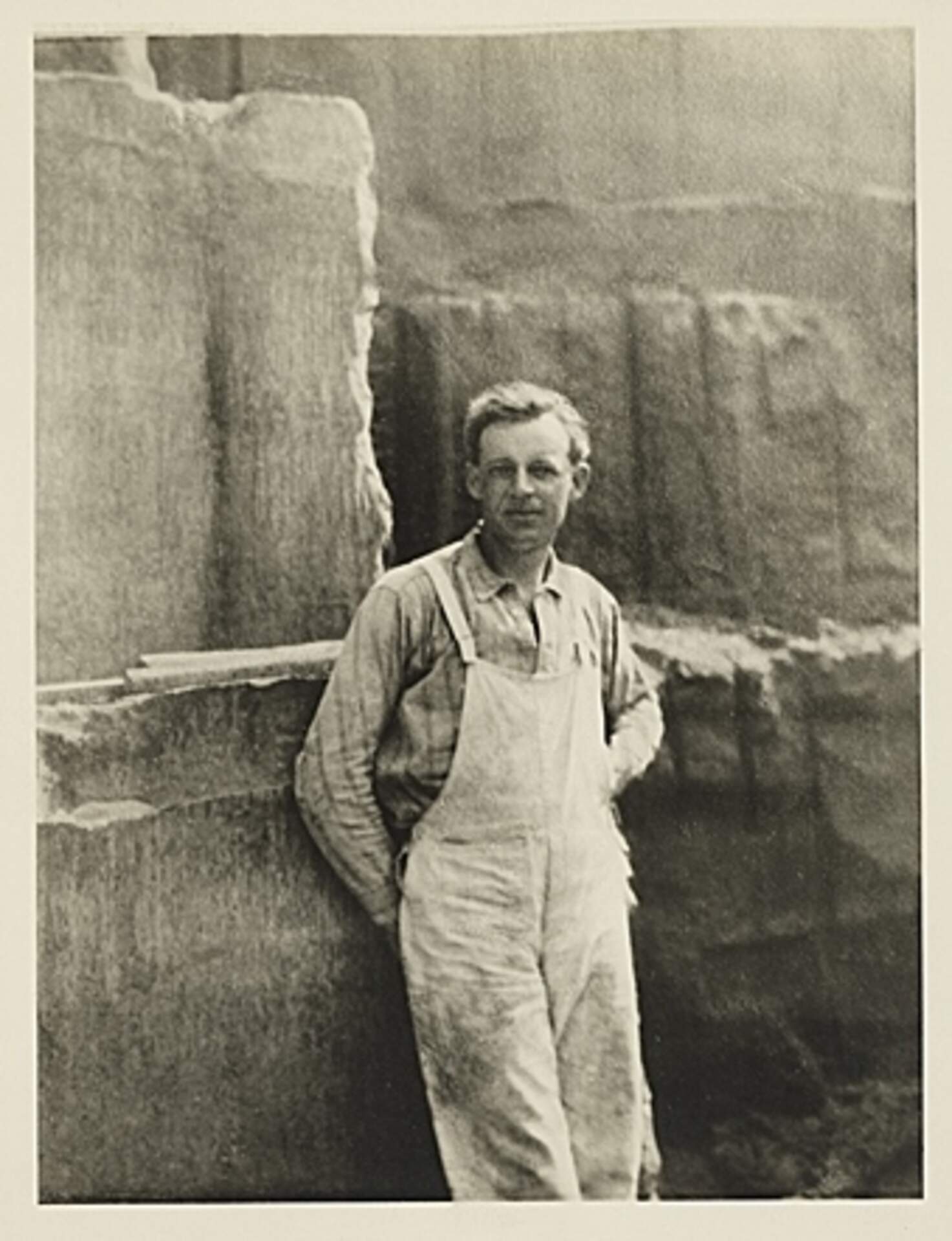Henry George Keller
(1869-1949)
Henry Keller, one of Cleveland’s most notable painters, was born at sea off Nova Scotia in 1869. He attended the School of Design for Women, later called The Cleveland Institute of Art, where he would teach painting and drawing for over forty years, and took a key role in helping Cleveland’s development as an important watercolor center. Keller also attended the Cincinnati Fine Arts Academy and the Art Students League in New York. He worked at the W.J. Morgan Lithograph Company in Cleveland, designing circus posters, and also during this period studied in Karlsruhe, Germany at the Art Academy under the animal painter, Zugel. In Munich, he won the Silver Medal at the Royal Academy of Bavaria. Equally to his greatness as a painter, he was also an excellent teacher who influenced and guided many artists, including Charles Burchfield who attended the Cleveland Institute from 1912-1916. Keller was especially influenced by artists such as Paul Cezanne and Henri Matisse, and primarily used watercolor to capture impressions of subjects, along with other media such as oil, lithographs, and etchings. His subjects range from horses, figures, and landscapes of Ohio, San Diego, and many from his world travels. He worked quickly, with pure colors and free, fluid brushstrokes. He also used Japanese methods of creating decorative, flowing designs, and the spirited brushwork in Chinese watercolors. He has an extensive list of exhibition activities throughout the country, including local venues in Cleveland to Chicago, Pittsburgh, Philadelphia, New York . He received multiple awards from the Cleveland Museum of Art and was elected to the National Academy of Design in 1939. He also had a piece on display at the Golden Gate International Exposition in San Francisco and at the New York World’s Fair that year as well. The painter died in San Diego, on August 3rd, 1949
